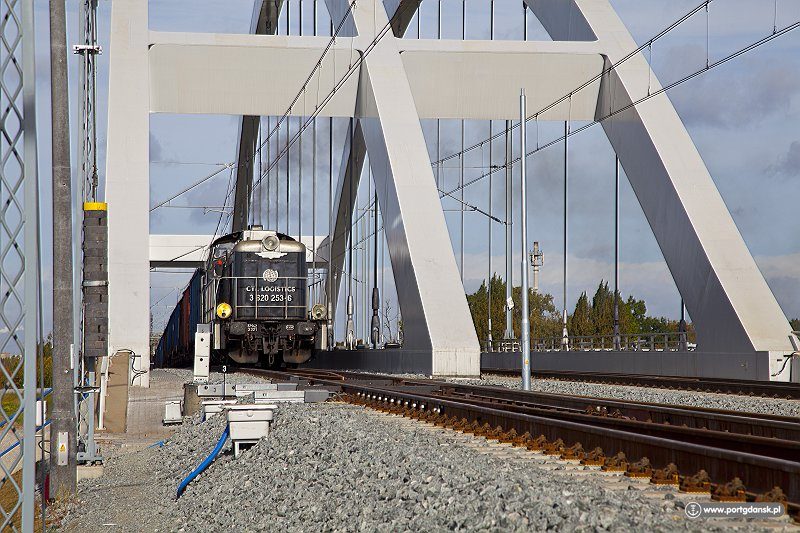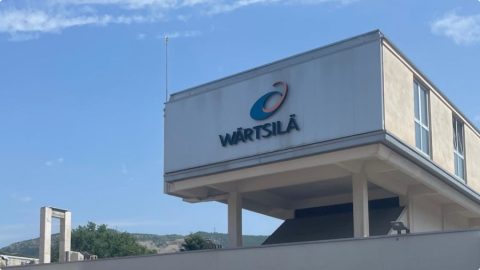RailFreight Summit takes place in Gdansk this year

It is almost time for the second edition of the RailFreight Summit, which will be held in Gdansk this year. On 15 and 16 May, top-level speakers will gather in this intermodal hub to discuss New Silk Road connections and other routes through Poland and Central Europe.
The intermodal landscape has witnessed a general shift of traffic volumes to the east. Central and Eastern Europe have become true rail countries. The New Silk Road has largely contributed to this, but the region lies en route of many intermodal connections between Europe and Asia. This has driven large traffic volumes but also established new, promising services. During this year’s edition, three main topics will be discussed over two days of conference: the New Silk Road, intermodal hubs in Poland and emerging markets in Eastern and Central Europe.
New Silk Road
The New Silk Road continues to grow, and this has shaped Poland’s rail freight ambitions. A lot of work is done to improve the connection, which enters Europe on the Polish-Belarusian border. In the meantime, other routes have come up to avoid the congested main line through Poland. These developments will be discussed in the first day of the conference.
The EU stance on the New Silk Road will be represented by a speaker from the European Commission, while a study from the Roland Berger group gives insight in the route options available. The connection Finland and China will be presented as well. Moreover, creative solutions to improve the rail freight connections will come to the fore, such as a suggestion for a double-stack corridor, or an international framework for paperwork. Meanwhile, operators such as DB Cargo and Trans-Eurasia Logistics (TEL) will discuss the routes and bottlenecks that make up the reality today.
Intermodal hubs
The second day starts off with a focus on Poland and its intermodal hubs. The Port of Gdansk and its Deepwater Container Terminal will present their development plans. The port of Kaliningrad, although not in Poland, deserves attention as well. The role of these ports in the intermodal landscape of Europe will be discussed by several experts.
In this session there will also be focus on the connection of Poland with the Netherlands. The Linked-by-Rail project is aimed at developing these connections, but several challenges remain. Research company Panteia gives insight in the project today.
Emerging markets
Besides Poland, also Slovakia, Czech, Hungary and Austria appear as important transit countries between east and west. Moreover, the Adriatic coast forms an important gateway to Eastern and Central Europe. New lines are established to tap into the potential of these ports.
Hungary is investing heavily in establishing a hub on this route, while Baltic Rail has been operating large traffic volumes for the last few years. Operator Metrans is an established expert in serving the eastern European market. All these players will be present and share their expertise.
Site visits
Prior to the conference, visitors will be able to join a site visit to the Deepwater Container Terminal (DTC), the largest in the port of Gdansk. This is promising to be an impressive tour, giving insight into one of the fastest growing intermodal hubs.
Do you want to register for the event? The early bird fee still applies. More information can be found on the website. Note: Polish translation will be available during the conference.
You just read one of our premium articles free of charge
Want full access? Take advantage of our exclusive offer






